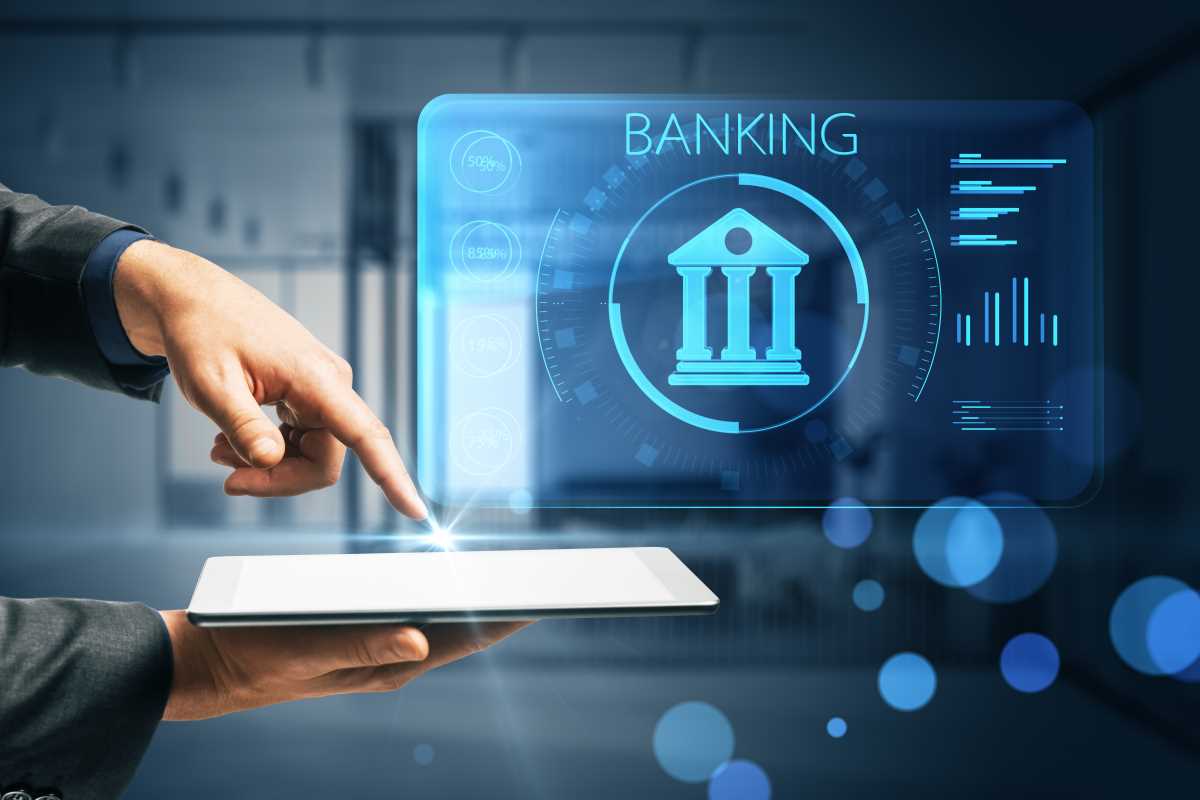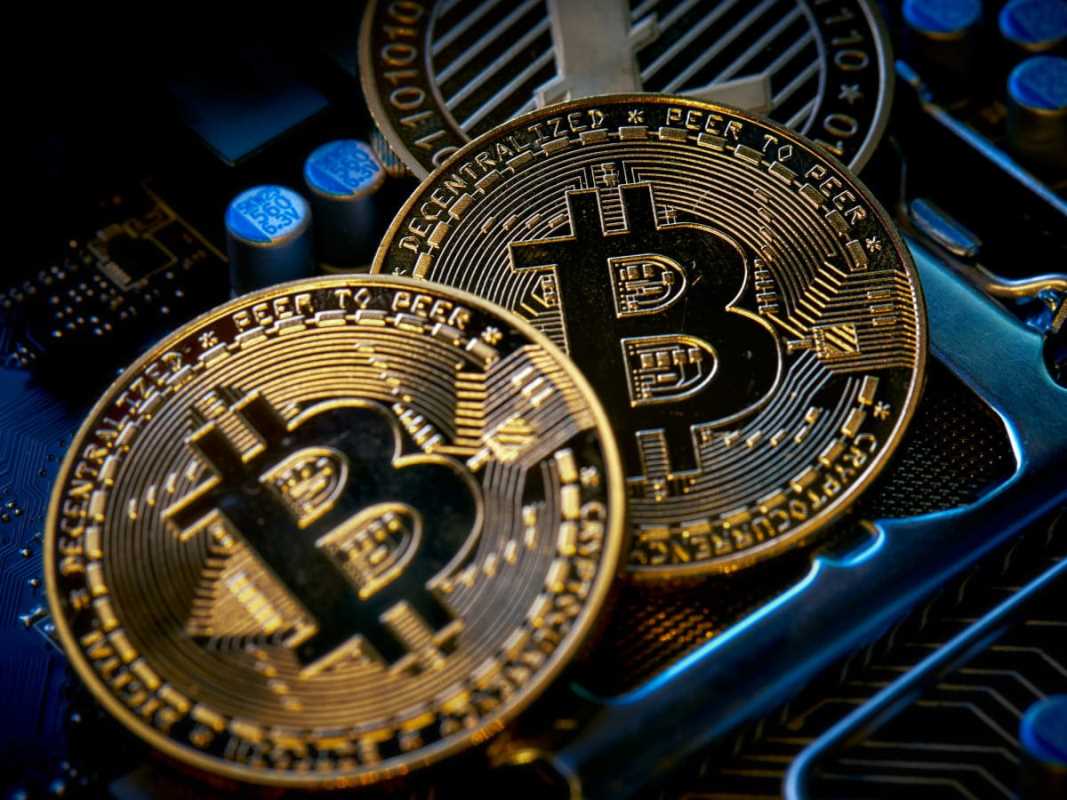The financial industry is at the forefront of innovation, where technology continually reshapes how money moves between individuals, businesses, and nations. Among these advancements, one technology is poised to revolutionize real-time financial transactions like never before: 5G. With its unparalleled speed, reduced latency, and ability to handle massive data flows, 5G has the potential to redefine the efficiency and reliability of financial services across the board.
From mobile banking to stock trading and cross-border payments, 5G technology brings various new capabilities to the financial space. It opens up opportunities for enhanced customer experiences, operational agility, and scalability while presenting industry players with significant technological and infrastructure shifts. This piece explores the transformative impact of 5G on real-time financial transactions, its benefits, potential applications, and the challenges it may bring.
What Does 5G Offer to Real-Time Transactions?
At its core, 5G is the fifth generation of wireless technology, designed to provide breakneck speeds, ultra-low latency, and support for massive device connectivity. But how exactly do these features impact financial transactions?
- Reduced Latency: Latency measures the delay between a user action and the system's response. Current 4G networks average a latency of around 50 milliseconds, while 5G reduces it to as low as 1 millisecond. This drastic improvement is critical for activities that demand split-second precision like stock trading or processing payments at the point of sale.
- Higher Throughput: 5G networks can handle exponentially more data traffic compared to 4G. This capability ensures that data-heavy financial applications, such as video-based banking consultations or interbank data transfers, operate seamlessly without network congestion.
- Reliability: By eliminating connectivity bottlenecks, 5G ensures financial platforms can deliver consistent and error-free services. Reliability is particularly crucial for applications like mobile wallets and trading platforms, where even a minor glitch can result in financial losses.
- Massive Connectivity: 5G's capacity to support billions of connected devices simultaneously opens up opportunities for IoT-powered financial innovations, such as smart POS systems or connected ATM networks.
These attributes allow financial institutions to create next-generation services that are faster, more secure, and capable of meeting rapidly evolving customer expectations.
Transformational Applications of 5G in Finance
5G’s impact is being felt across various areas of the financial sector. Below are some of the most critical applications and use cases.
1. Mobile Banking and Payments
Mobile banking apps have become a staple for customers, offering a convenient way to check balances, transfer funds, or pay bills at any time. However, as their functionalities expand, the limitations of 4G sometimes become apparent, such as slower response times for real-time money transfers or delays in updating account activity.
With 5G, mobile banking achieves unprecedented responsiveness. Transactions can be processed instantly, allowing customers to send and receive funds in just moments, even during peak banking hours. Payment services such as mobile wallets and QR code transactions also stand to benefit, as the reduced latency creates virtually seamless touchless payment experiences at checkout.
Additionally, 5G is fueling innovations like biometric verification for mobile payments. High-speed networks enable faster, more accurate scanning of fingerprints, facial features, or voice commands, creating a frictionless customer experience while bolstering security.
2. Stock Trading and Financial Markets
Speed and accuracy are non-negotiable in the world of stock trading and market activity, where milliseconds can mean the difference between profit and loss. Traders rely heavily on algorithms that can execute buy/sell orders instantaneously, reacting to real-time market fluctuations.
5G brings several game-changing advantages to the table:
- Improved Algorithmic Trading: Low latency ensures trading algorithms execute with razor-sharp precision, driving profit potential.
- Enhanced Mobile Trading Platforms: Traders can now utilize mobile apps with near-zero delays for real-time market observations and instant order executions, ensuring no missed opportunities.
- Streaming Financial Insights: Traders often rely on live data feeds, video content, and AI-based analytics. 5G enables these tools to deliver faster, more comprehensive insights.
For example, a trader analyzing global markets via a mobile platform can seamlessly execute a high-frequency trade with confidence, knowing the underlying network will respond without lag.
3. Cross-Border Payments and Remittances
Cross-border payment systems are notoriously complex, involving intermediary banks, foreign exchange conversions, and compliance checks. These processes often slow down transaction times, which can take days to settle under traditional systems.
5G enhances payment experiences by speeding up back-end processing systems and increasing the reliability of international money transfers. Paired with AI algorithms, 5G’s ultrafast data transfer rates allow financial institutions to reduce turnaround times for clearing and settlement.
For businesses, this improvement streamlines supply chain payments and international payroll services. For individuals, it ensures that remittances to family members overseas are completed in real time.
4. Smart ATMs and Digital Branches
Physical bank branches and ATMs are evolving into highly interactive digital centers. Smart ATMs allow users to perform more than just cash withdrawals; they offer services like personal banking advice, account management, and video consultations.
5G ensures that these machines can function consistently by providing the network strength to process biometric authentication, host video interactions, or update account data in real time. Banks can also improve their customer outreach by deploying mobile “micro-branches” powered by 5G, offering local financial services in underbanked communities without the need for permanent brick-and-mortar locations.
5. IoT in Financial Services
IoT-enabled financial devices are another frontier that benefits from 5G's massive connectivity and reliability. Insurance companies, for instance, use IoT devices to track driver habits and calculate premiums dynamically. Real-time data from such devices can influence actionable decisions and pricing with minimal delay.
Similarly, retail stores equipped with IoT payment terminals (e.g., smart credit card readers) facilitate effortless and secure transactions while providing critical business insights, such as peak transaction times or inventory turnover.
Benefits of 5G for Financial Institutions and Customers
The advantages of 5G extend beyond faster speeds, offering both institutions and consumers a host of significant benefits.
- Enhanced User Experience: For users, 5G ensures faster, more seamless interactions with apps and platforms, leading to higher satisfaction.
- Improved Scalability: Financial institutions can tap into on-demand scalable services, managing peaks in user activity or launching new services without technical disruptions.
- Better Data Insights: With 5G, institutions can transmit and analyze data faster, benefiting from real-time insights and predictive analytics.
- Cost Savings: Efficient network traffic management can reduce operational expenses by minimizing the need for physical infrastructure, such as data centers.
Challenges in Implementing 5G for Financial Transactions
While 5G presents tremendous potential, its implementation also comes with hurdles that need to be addressed carefully.
- Infrastructure Costs: Upgrading to 5G-ready systems involves significant investments in telecom networks and compatible financial devices. Developing nations may face particular challenges due to funding constraints.
- Cybersecurity Risks: Increased connectivity introduces new risks to the financial sector. Protecting decentralized 5G-based systems from cyberattacks or fraudulent activities is critical to minimizing vulnerabilities.
- Regulatory Compliance: The rapid adoption of 5G in financial applications must adhere to strict data protection laws, which demand close collaboration between financial institutions and regulators.
- Technology Integration: Financial firms must ensure compatibility between 5G-enabled systems and their existing digital infrastructure. A coordinated strategy is necessary to integrate advanced technologies efficiently.
The arrival of 5G marks a new era for real-time financial transactions. Its speed, reliability, and scalability enable innovations that were previously inconceivable, from instant cross-border payments to hyper-personalized mobile banking experiences.
 (Image via
(Image via



.jpeg)

